Ludomotion’s sequel to 2017’s “Unexplored” roguelike dungeon crawler brings 3D procedural generation to the overworld in a clever little legacy roguelike with some interesting quirks.
After Townscaper blew me away with its quaint procedural town-building meditative piece, I followed its author on Twitter. Stålberg’s standing with the procedural generation community leads to all sorts of different niches, including that belonging to Ludomotion’s “Unexplored 2: The Wayfarer’s Legacy”.
The demo was briefly available on Steam a little while back, and I immediately fell in love. The demo expired, but I went looking and found that the game is currently in early access on the Epic store. I don’t really need another gaming portal in my life or on my hard drive, but I wanted to play the game, and so I did what I had to do and spent some time with it.
You play The Wayfarer, the next in a long line of Wayfarers all tasked with taking an ancient artifact, the Staff of Yendor, to the First Valley and destroying it in the Forge before the imperials can take it for themselves. If you fail, another Wayfarer will take up the Staff, perhaps with some of the items you left behind — this is the legacy part.
(The name Yendor is a reference to the Amulet of Yendor, which the very first roguelike — the actual Rogue dungeon crawler — asked the adventurer to retrieve from the bottom of the dungeon. It is “Rodney” spelled backward, for some reason.)
Each time you die, the Imperial influence will advance, and the quest will restart from Haven, a base town full of friendly people and places, such as the inn, the vault, and the smithy. Haven will be the base from which you explore the world, and you will return there often.
The world has several factions, and you can make alliances with them, or enemies of them, based on how you behave when meeting them. This is largely done with the diplomacy minigame.
All skill-based activities — which can include negotiations, trading, picking locks, deciphering wall scrawlings and such — bring up the “fortune” screen. A pool of markers shuffle themselves in a bowl. Your goal is to draw a green checkmark, and select that for the positive result. A red “X” marker is a negative result. Other draws may let you put more positive tokens in the pool, or make an extra draw and so on. You get a certain number of free draws. The skills you choose at character creation can add extra checkmarks to your pool. Additionally, little “sparks” collected during your travels can be spent for more draws. But sometimes you will have no choice but to finally accept the negative outcome and bear the consequences.
Your character choices are initially limited; as you make alliances or explore unknown lands, more options will open up for future Wayfarers to choose, either culture, race, or background. It wouldn’t be a bad idea to initially focus on diplomacy and exploration with your first wayfarer so that you would have more choice with subsequent ones.
The game just looks incredible. It has a distinct feel to it that mostly eases the fact that this is one of the more difficult RPGs I’ve played. It is very easy to find yourself in a bad place. The game itself tells you — usually, monsters can’t run as fast as you can. The lesson here is to learn when to know when you’re in over your head, unless you want to die.
I accidentally traded all my possessions to a trader. It wanted to give me a Sigil that I could socket into a ring or my sword. I next hit a nest of centipedes and died because… gear. However, that Sigil remained for my next character to use.
I’ve barely scratched the surface to the game, but I am having a lot of fun with it. It’s due to be released early next year. If you want to get a quick peak, it’s on the Epic store; else it should be coming to Steam when it goes global.
It’s a beautiful, but deadly, roguelike that won’t let you get too attached to your characters.
Here’s a Twitch stream I did of the game awhile back:
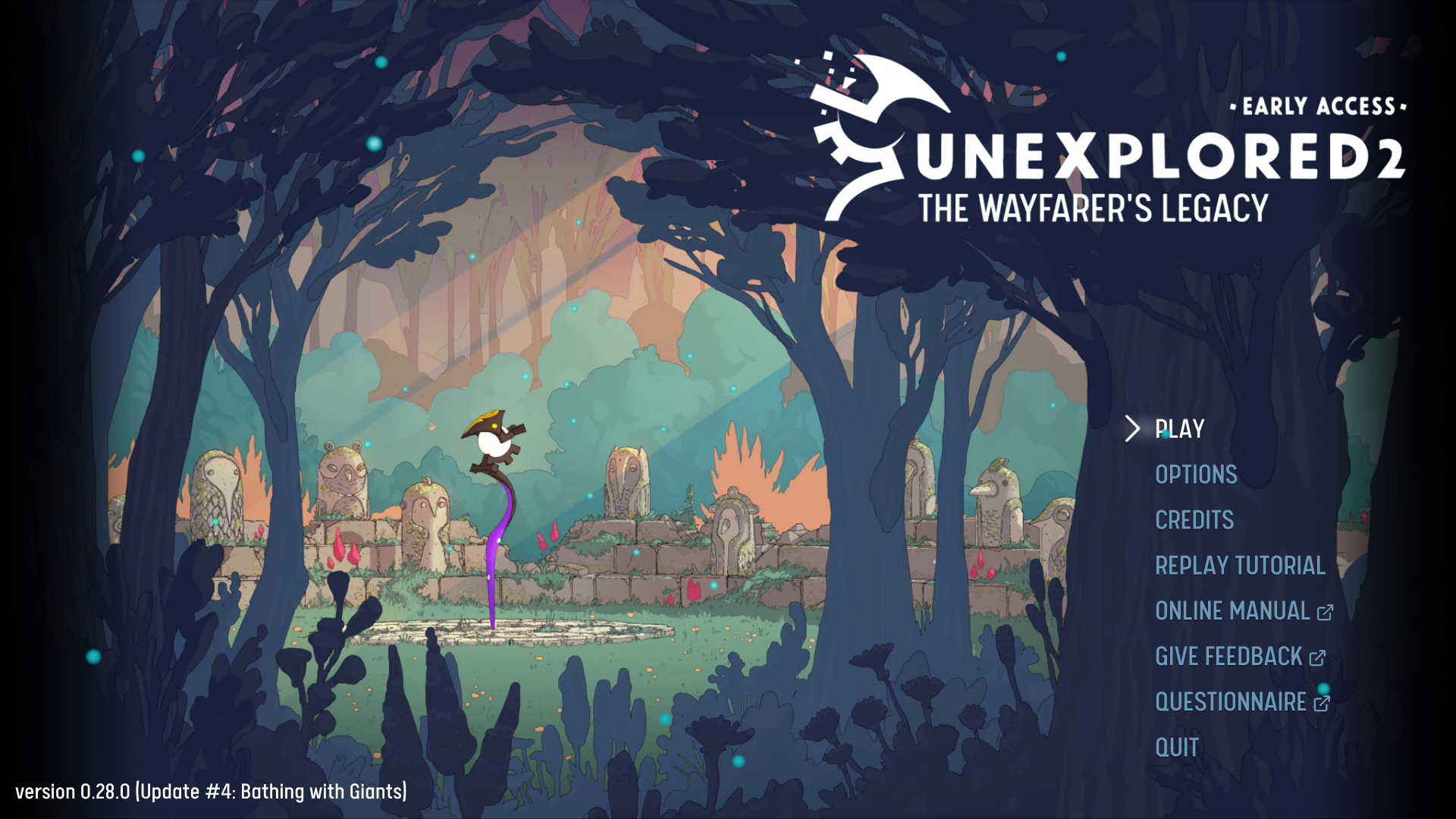

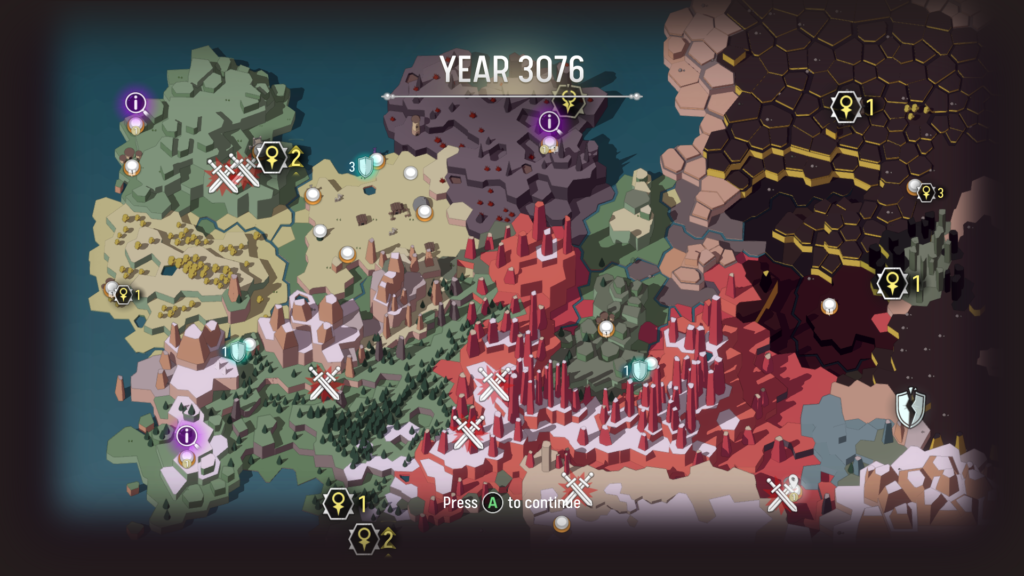
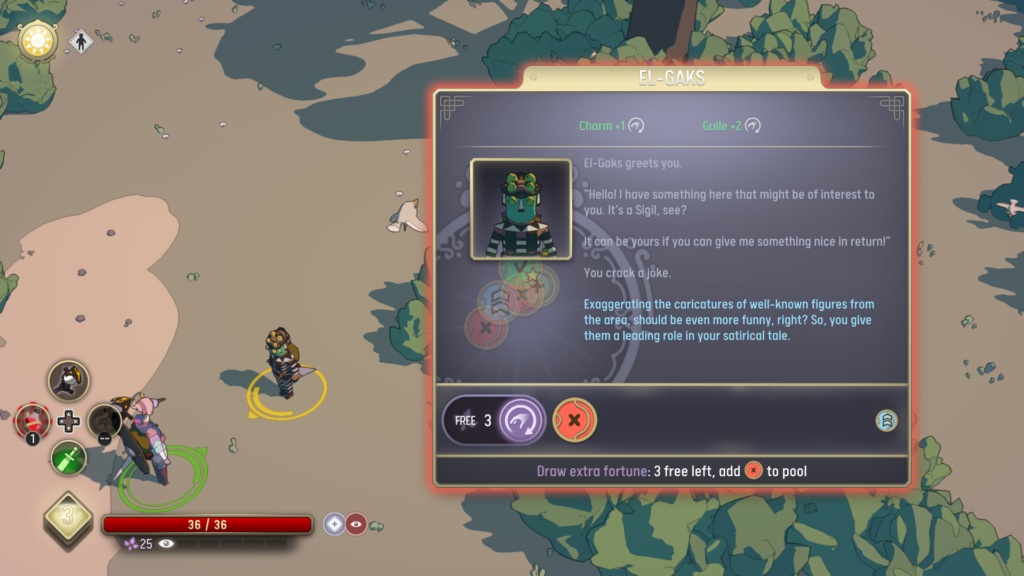
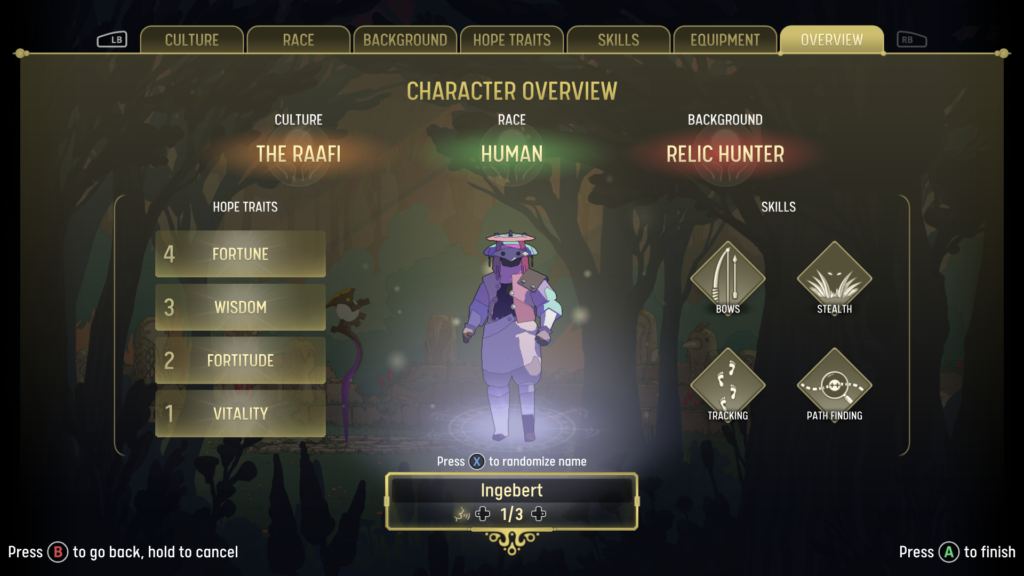
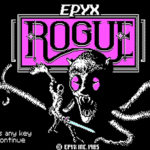
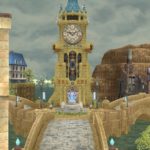
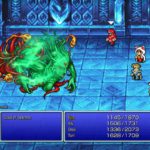
Hopefully, it’s a worthy successor to their first game.
I really wanted to like Unexplored, but I couldn’t get past the player character having a giant cyclopean eye. That, and the real time slowness of exploring odd symbols and shapes in dungeon rooms. But mostly it was the weird eye.
It’s odd, because I can deal with ASCII text roguelikes where the player character is a “@” and exploring odd text symbols in dungeon rooms (because pressing keys is faster than drifting around slowly bumping into shapes). Unexplored 1 just fell into some kind of uncanny valley, neither here nor there for me.
Unexplored 2 looks good. Hopefully, the better graphics make it read more clearly and the experience more enjoyable. I would love to see what they’ve done procedurally.
The player characters in Unexplored 2 are highly stylized, but they do seem to have two eyes in this game Their Twitter feed contains a lot of details about their procedural generation system, so it’s super valuable if you just want to see how they go about building their world.
Their Twitter feed contains a lot of details about their procedural generation system, so it’s super valuable if you just want to see how they go about building their world.